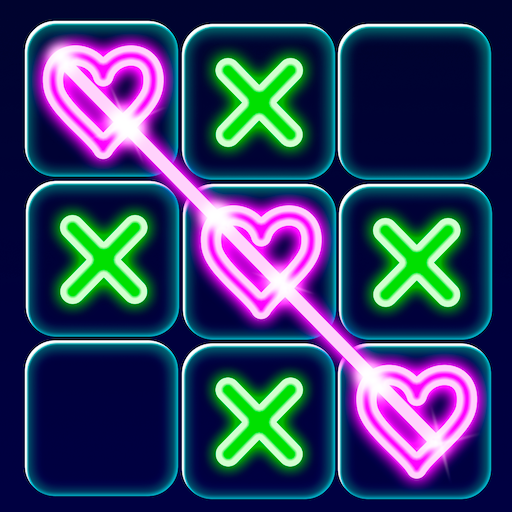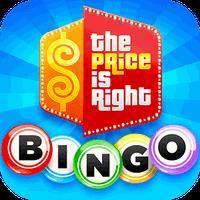Purchasing my first OLED TV, the LG E8 55 inch back in 2019, right before the world went into lockdown, was a game-changer. It became the ultimate companion during isolation. Initially, my understanding of OLED (organic light-emitting diode) was basic; I knew it used self-lit pixels for infinite contrast, unlike the backlight in LCD displays. But after immersing myself in the vibrant world of Final Fantasy XV and the intense landscapes of The Last of Us Part II, the experience was transformative—like reliving nostalgic moments in real-time. Naturally, I couldn't stop at the E8.
A few years later, I upgraded to the LG C2 65-inch TV, and since then, I've reviewed numerous devices with OLED displays. I quickly learned that not all OLED screens are the same. In fact, they don't even share the same technology. You might be curious about the types of OLEDs out there. While there are many, you should focus on three key types: WOLED, QD-OLED, and AMOLED.
 WOLED, QD-OLED, and AMOLED: How They Work
WOLED, QD-OLED, and AMOLED: How They Work
OLED technology has been around for decades, with various companies like Kodak and Mitsubishi experimenting with it. It was LG's introduction of OLED TVs in the early 2010s that brought this technology into the mainstream.
LG's version of OLED is known as WOLED (White OLED), though they don't market it as such because LG positions itself as the leader in OLED. WOLED uses a pure white OLED layer with an RGBW color filter. This approach mitigates the issue of burn-in, which is caused by the different rates of deterioration among red, green, and blue emitters. However, using a white OLED layer can lead to imbalanced brightness and reduced color volume due to the color filtering process. Higher-end WOLED models attempt to address this with Micro Lens Array technology, which focuses light more efficiently.
In 2022, Samsung introduced QD-OLED (Quantum Dot OLED), which replaces the white OLED layer with a blue one that interacts with quantum dot color convertors. These quantum dots absorb and convert the blue light into red or green without losing brightness, resulting in a more vibrant and balanced color display.
AMOLED, on the other hand, stands in its own category. It's similar to WOLED but includes a thin-film transistor (TFT) layer, enabling faster pixel activation. However, this comes at the cost of OLED's signature "infinite" contrast.
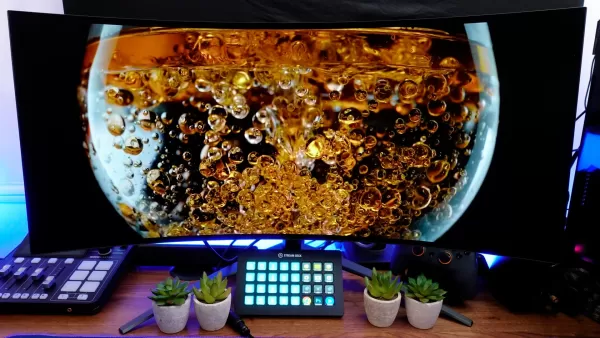 WOLED, QD-OLED, and AMOLED: Which Is Better for Gaming?
WOLED, QD-OLED, and AMOLED: Which Is Better for Gaming?
Choosing the right OLED technology for gaming depends on your specific needs and preferences. For a straightforward answer, QD-OLED is typically the best option. However, there are scenarios where WOLED or AMOLED might be more suitable.
AMOLED displays are commonly found in smartphones and laptops due to their flexibility and high refresh rates, which are ideal for smaller screens. However, they struggle in direct sunlight because of lower peak brightness. Since AMOLED is often the only option for these devices, choice is limited.
For gaming monitors and TVs, you can choose between WOLED (often simply marketed as OLED) and QD-OLED. WOLED offers high brightness with its white OLED layer, but this is mainly for whites. The RGBW filter can reduce brightness across other colors. QD-OLED, with its quantum dot technology, provides a more balanced and vibrant display across all colors.
In my living room setup, where my OLED TV faces windows and encounters glare, WOLED maintains its black levels effectively. Conversely, my QD-OLED monitor on my desk shows a purplish tint in similar conditions due to the absence of a polarizing layer, which reduces reflections. While QD-OLED may offer superior color and brightness, WOLED performs better in highly reflective environments.
However, the actual performance of any display largely depends on its specifications. Generally, higher-end models offer better quality, regardless of the technology used.
Looking ahead, the future of OLED includes PHOLED (Phosphorescent OLED). This technology uses phosphorescent materials for higher luminous efficiency, but it has faced challenges with the shorter lifespan of its blue emitters. LG has recently announced overcoming this issue, dubbing PHOLED as "Dream OLED." This advancement promises brighter displays with lower power consumption. While we won't see PHOLED in TVs immediately, it's expected to appear in smartphones and tablets soon.
 Home
Home  Navigation
Navigation






 Latest Articles
Latest Articles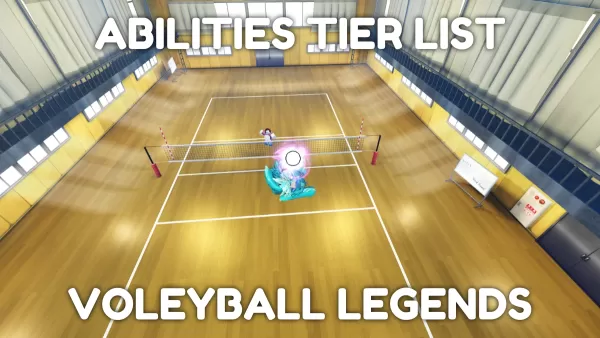

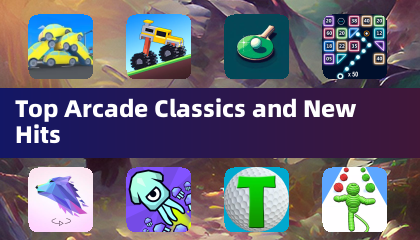



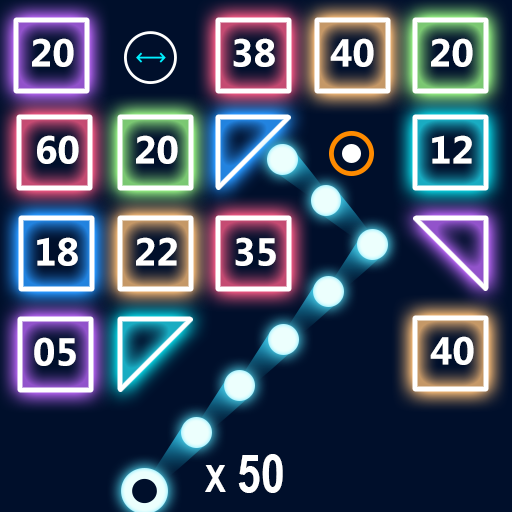



 Latest Games
Latest Games







